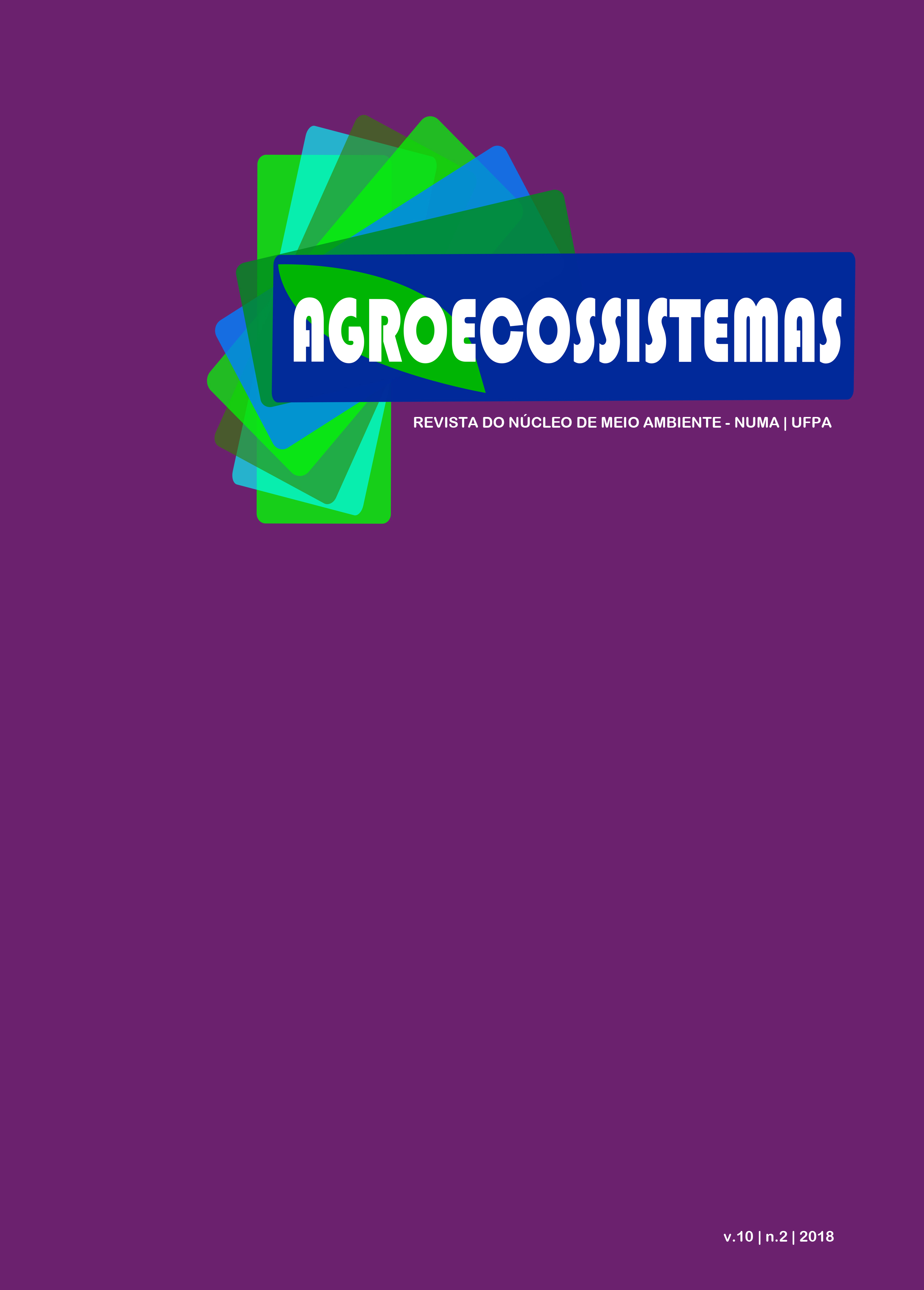COWPEA RESPONSES TO THE Bradyrhizobium japonicum INOCULATION, NITROGEN FERTILIZATION AND SOIL NITROGEN
DOI:
https://doi.org/10.18542/ragros.v10i2.5167Abstract
Cowpea bean is an important agricultural crop, which has a high capacity of to associate with bacteria that fixes atmospheric nitrogen, which can reduce costs with fertilizers. The objective of this study was to evaluate the productivity and growth rates of cowpea when submitted to nitrogen-fixing bacteria (Bradyrhizobium japonicum), nitrogen fertilization and soil nitrogen. The experiment took place at the Federal University of the West of Pará, Campus Santarém-Pará, during the months of April to July 2017, under greenhouse, in pots, in a completely randomized design, with nine treatments of five replicates each. The treatments were: inoculant use, nitrogen fertilization and soil nitrogen and three types of cowpea, Manteiguinha, IPA 207 and BRS Tumucumaque, the variables evaluated were stem diameter (DC), plant length (CP), number of grains per pod (NG) and productivity per hectare (PG). There was no significant difference for the variables DC, CP, NG and PG. Manteiguinha showed higher values of CP and PG, which was 1869.5 kg ha-1 when submitted to nitrogen fertilization. The IPA 207 presented lower PG when inoculated and higher PG with the use of nitrogen fertilization, which was 2586.1 kg ha-1. For the BRS Tumucumaque, higher CP were obtained in the treatment that used the nitrogen of the soil, nevertheless in this treatment the PG was the smaller among the treatments, higher productivity was obtained by the inoculation that was of 2499.9 kg ha-1. The inoculation of Bradyrhizobium japonicum is efficient for BRS Tumucumaque and inefficient for IPA 207 in relation to productivity.KEYWORDS: Biological fixation of nitrogen, Fertility, Productivity.Downloads
Published
2018-11-19
Issue
Section
Notas Científicas/Técnicas


